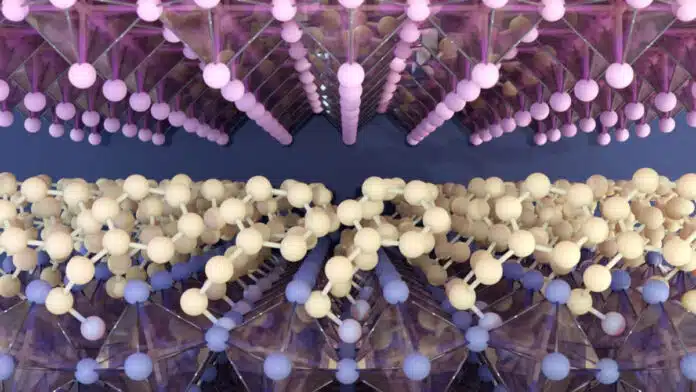
By Ashwini Sakharkar 16 Oct, 2024
Collected at: https://www.techexplorist.com/computer-simulations-help-pave-way-more-efficient-solar-cells/91203/
In the midst of the green transition, the quest for more stable and efficient materials for solar cells intensifies. Enter halide perovskites, touted as a promising alternative to traditional silicon materials. Researchers at Chalmers University of Technology in Sweden have delved into the world of perovskite materials using cutting-edge computer simulations and machine learning, unveiling groundbreaking insights into their functionality.
Halide perovskites encompass a diverse group of materials with the potential to revolutionize flexible and lightweight solar cells, as well as various optical applications like LED lighting, thanks to their exceptional light absorption and emission properties. However, the rapid degradation of perovskite materials poses a significant challenge, underscoring the need for a deeper understanding of their behavior.
Diving into the realm of perovskites, the research team at Chalmers University of Technology focused on 2D materials, known for their enhanced stability compared to their 3D counterparts. Leveraging advanced computer simulations and machine learning techniques, they uncovered pivotal insights into the factors influencing the properties of 2D perovskite materials.
“By mapping out the material in computer simulations and subjecting it to different scenarios, we can draw conclusions about how the atoms in the material react when exposed to heat, light, and so on. In other words, we now have a microscopic description of the material that is independent of what experiments on the material have shown but which we can show to lead to the same behavior as the experiments. The difference between simulations and experiments is that we can observe, at a detailed level, exactly what led to the final measurement points in the experiments. This gives us much greater insight into how 2D perovskites work,” says Professor Paul Erhart, a member of the research team.
The use of machine learning has revolutionized research, allowing scientists to delve into larger systems and study them over extended periods. This approach has provided a much broader and more detailed understanding of materials, especially in thin layers where each layer exhibits unique behavior.
Associate Professor Julia Wiktor, along with researcher Erik Fransson, emphasizes the difficulty of experimentally detecting these intricate material behaviors.
Furthermore, the composition of 2D perovskite materials, featuring inorganic layers separated by organic molecules, holds the key to unlocking the precise mechanisms influencing interactions within these materials. Mastering these mechanisms is crucial for the development of efficient and stable optoelectronic devices leveraging perovskite materials.
“In 2D perovskites, you have perovskite layers that are linked with organic molecules. What we have discovered is that you can directly control how atoms in the surface layers move through the choice of the organic linkers and how this affects the atomic movements deep inside the perovskite layers. Since that movement is so crucial to the optical properties, it’s like a domino effect,” says Paul Erhart.
The research results offer a profound understanding of how 2D perovskite materials can revolutionize the design of devices for various applications and adapt to temperature variations with remarkable efficacy.
“This really gives us an opportunity to understand where stability can come from in 2D perovskite materials, and thus possibly allows us to predict which linkers and dimensions can make the material both more stable and more efficient at the same time. Our next step is to move to even more complex systems and, in particular, interfaces that are fundamental for the function of devices,” says Julia Wiktor.
Journal reference:
- Erik FranssonJulia WiktorPaul Erhart. Impact of Organic Spacers and Dimensionality on Templating of Halide Perovskites. ACS Energy Letters, 2024; DOI: 10.1021/acsenergylett.4c01283

Leave a Reply